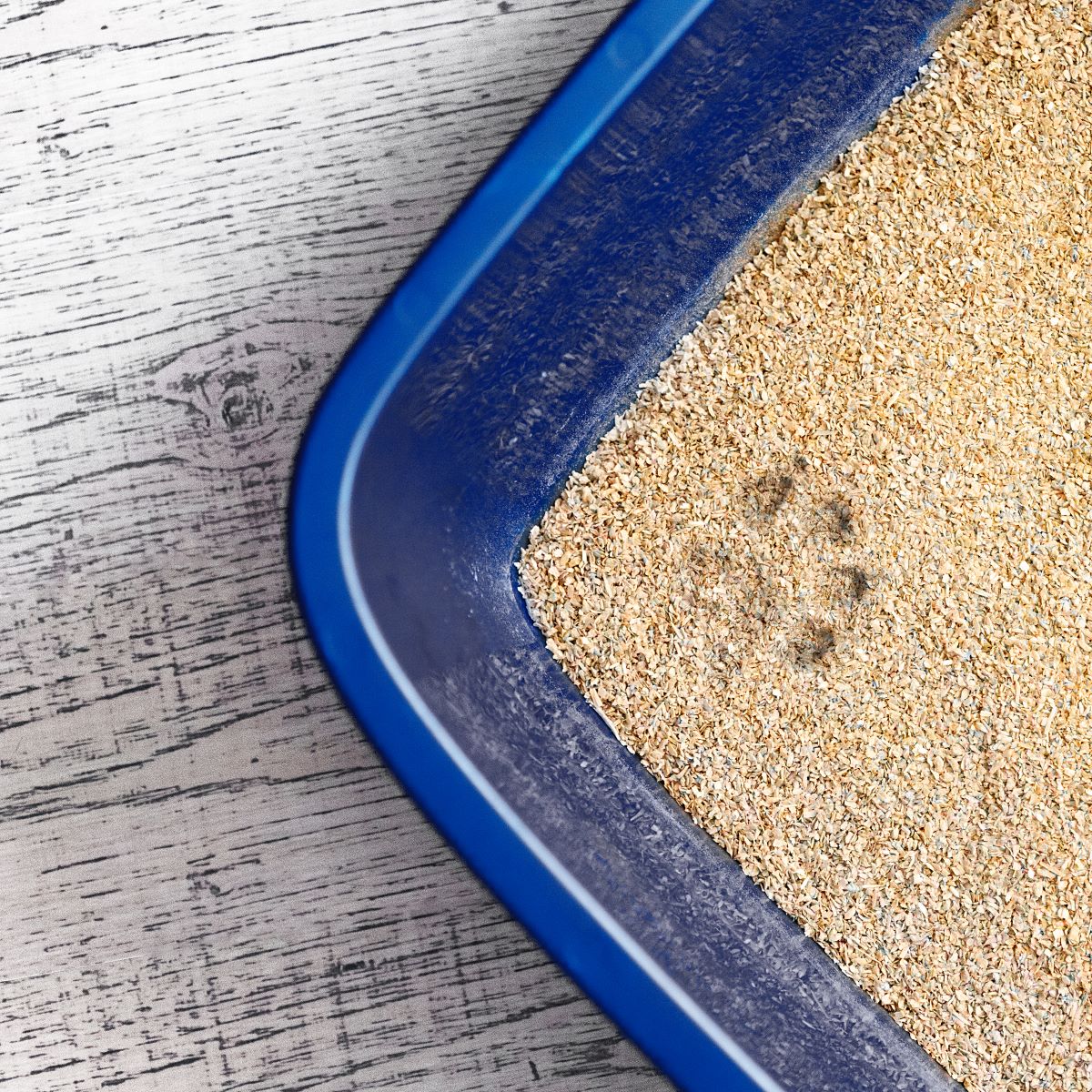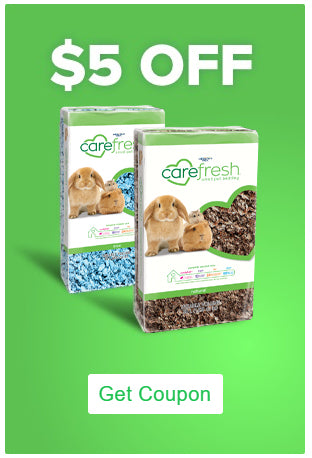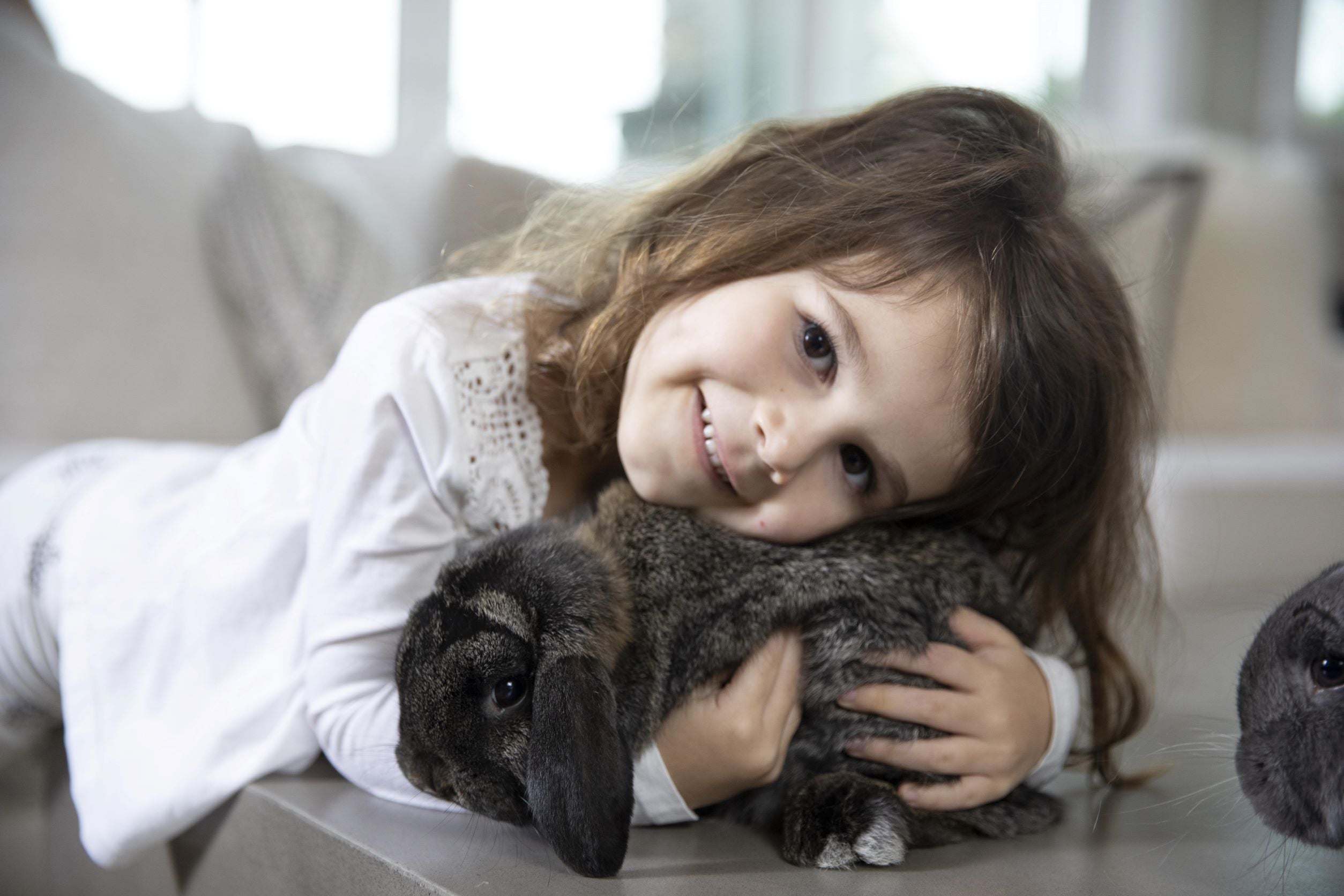
Pet-Friendly Interior Design: 5 Potential Mistakes Pet Owners Should Avoid
As much as we love our furry companions, they can sometimes bring chaos into our homes. Whether it's the occasional chew mark on the furniture, muddy paw prints on the carpet, or even the more hazardous behaviors like scratching the couch, designing a stylish and pet-proof interior requires thoughtful consideration.
Choosing protective solutions, like sofa covers for pets, can help preserve your elegant furniture while adding a layer of defense against minor scratches.
So, let’s discuss common mistakes pet owners should avoid when designing their interiors, ensuring that your four-legged friends are safe and your living area—beautiful.
1. Neglecting Pet-Proof Furniture and Fabrics
A frequent misstep for pet parents when crafting their living spaces involves overlooking the resilience of furniture and its upholstery. Our beloved animals naturally love to leap onto, scratch at, and curl up on our sofas and chairs. Therefore, when furnishing your home, prioritizing materials that can withstand their antics, offer longevity, and simplify cleaning is key.
What to Sidestep: Delicate, soft fabrics like cotton and silk are particularly vulnerable to tears and snags from pet claws. While leather might seem sophisticated, it's easily marred by scratches, and pet hair can stubbornly cling to its surface, making cleaning a constant battle.
Smart Choices: Look for furniture made with durable materials. Slipcovers are a great solution for added protection—choose machine-washable options to clean up any accidents easily. Fabrics such as microfiber or high-performance synthetics keep your stuff protected and stylish.
2. Overlooking Pet Safety
Another common mistake is overlooking the placement of sharp objects and furniture edges. Pets, especially playful dogs and curious cats, can accidentally run into sharp corners, resulting in injuries.
What to Sidestep: Avoid placing sharp-edged furniture, such as tables with pointed corners or fragile decor, in areas where your pets spend the most time. Glass coffee tables and low-sitting pieces can be especially risky for your furry friends.
Smart Choices: Think about investing in stuff with rounded corners or edge guards. If you love the look of glass tables, use tempered glass, which is less likely to break. Try soft corner protectors to cushion sharp edges. It’s important to keep any sharp objects, such as scissors or glass figurines, beyond reach.
3. Choosing Harmful Plants or Cleaners
While a beautiful plant can liven up a room, certain common household plants can cause a significant risk to your pet's well-being. Your four-legged friends may chew on plants out of curiosity, and if those that are toxic, it can result in unexpected consequences.
What to Sidestep: Popular plants like lilies, poinsettias, and azaleas are highly dangerous to animals. Additionally, common detergents and cleansers can be a risk if swallowed or inhaled.
Smart Choices: Pick harmless plants such as spider species, cat grass, and basil. There are also plenty of non-toxic houseplants, such as the Boston fern or the African violet. Be sure to choose safe alternatives to chemical cleaners that won’t harm your pet if they come into contact with them.
4. Overlooking Floor Resilience
Failing to consider how your furry companions interact with your home's surfaces can lead to significant flooring damage, especially in frequently used spaces. From tracked-in dirt and unexpected messes to the telltale marks of claws, your floors can suffer. Ignoring the need for durable flooring now could mean hefty repair bills or even complete replacements down the line.
What to Sidestep: While carpets and rugs might seem inviting, they can become magnets for dirt, moisture, and lingering pet smells, making cleanup a real chore. Traditional hardwood, though beautiful, is also susceptible to scratches and dents from playful paws, particularly in homes with energetic or larger pets.
Smart Choices: Opt for pet-proof flooring solutions like luxury vinyl planks (LVP), known for their resistance to scratches and water, as well as their easy upkeep. If you prefer carpeted areas, select robust, stain-resistant materials such as nylon or polyester.
Low-pile area rugs are also a practical choice, offering easy cleaning and the option for replacement if needed. Strategically placing these rugs in high-traffic zones can act as a protective layer for your main flooring.
5. Forgetting to Block Off Dangerous Spots
Some areas, like kitchens, laundries, and bathrooms, often contain items that can pose risks, like chemicals, sharp objects, or small items that pets could swallow.
What to Sidestep: Leaving dangerous substances like cleaning products, medications, or small objects within animals’ reach is a recipe for accidents. Pets, especially young or curious ones, may chew or ingest things they shouldn’t, leading to serious health issues.
Smart Choices: Use baby gates or closed doors to block off areas such as the kitchen, laundry room, or any space where harmful materials may be kept. Store cleaning solutions locked in cabinets with childproof latches.
Conclusion
Achieving a chic and pet-friendly home is definitely within reach! By anticipating and resolving potential issues early on, you can create a comfortable and safe haven for your furry friends and your family.
Choosing durable, easy-to-clean furniture and flooring is key. Additionally, ensure your home is free from toxic plants and dangerous chemicals for their well-being. Think about using slipcovers to protect your favorite pieces from fur, stains, and minor scratches.
With mindful design decisions, your home can be both a safe space for your pets and a stylish reflection of your taste.











 email us
email us